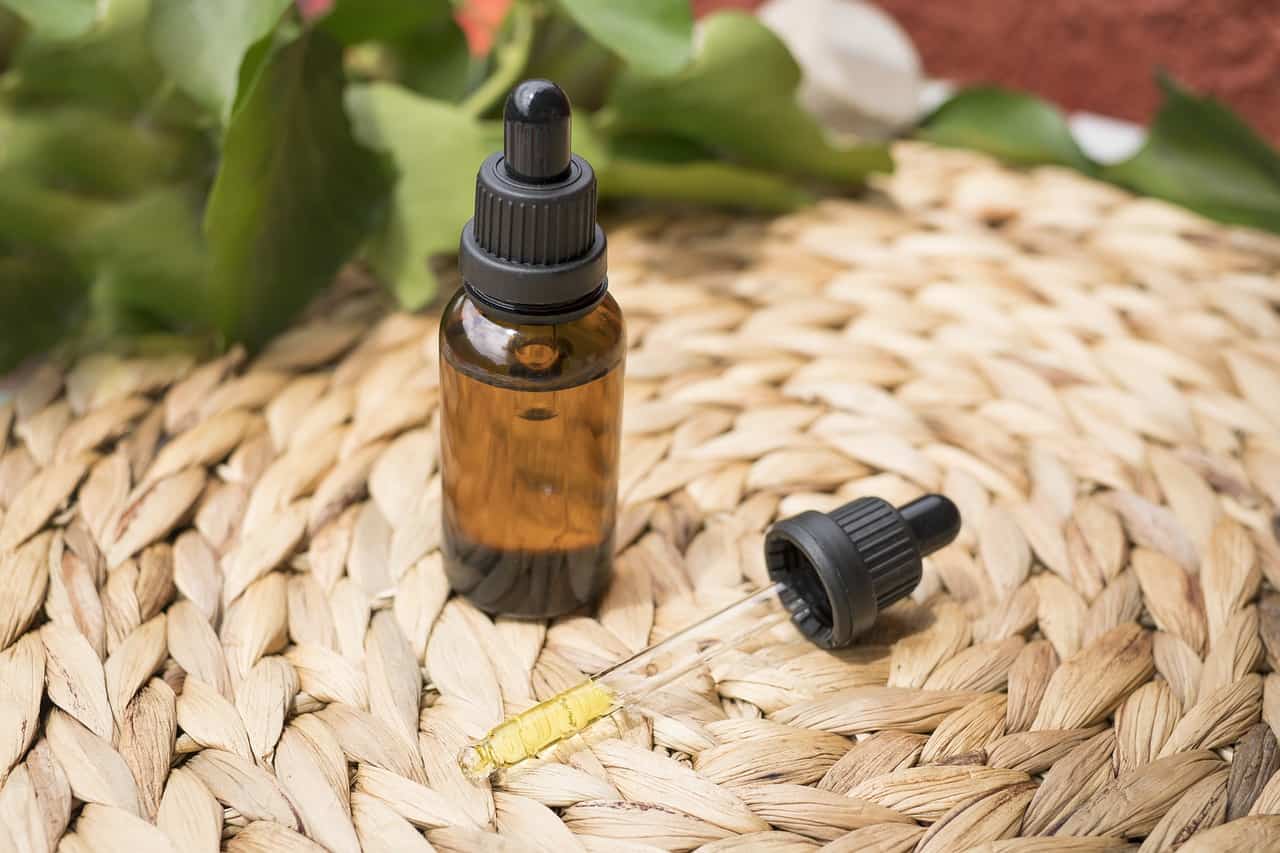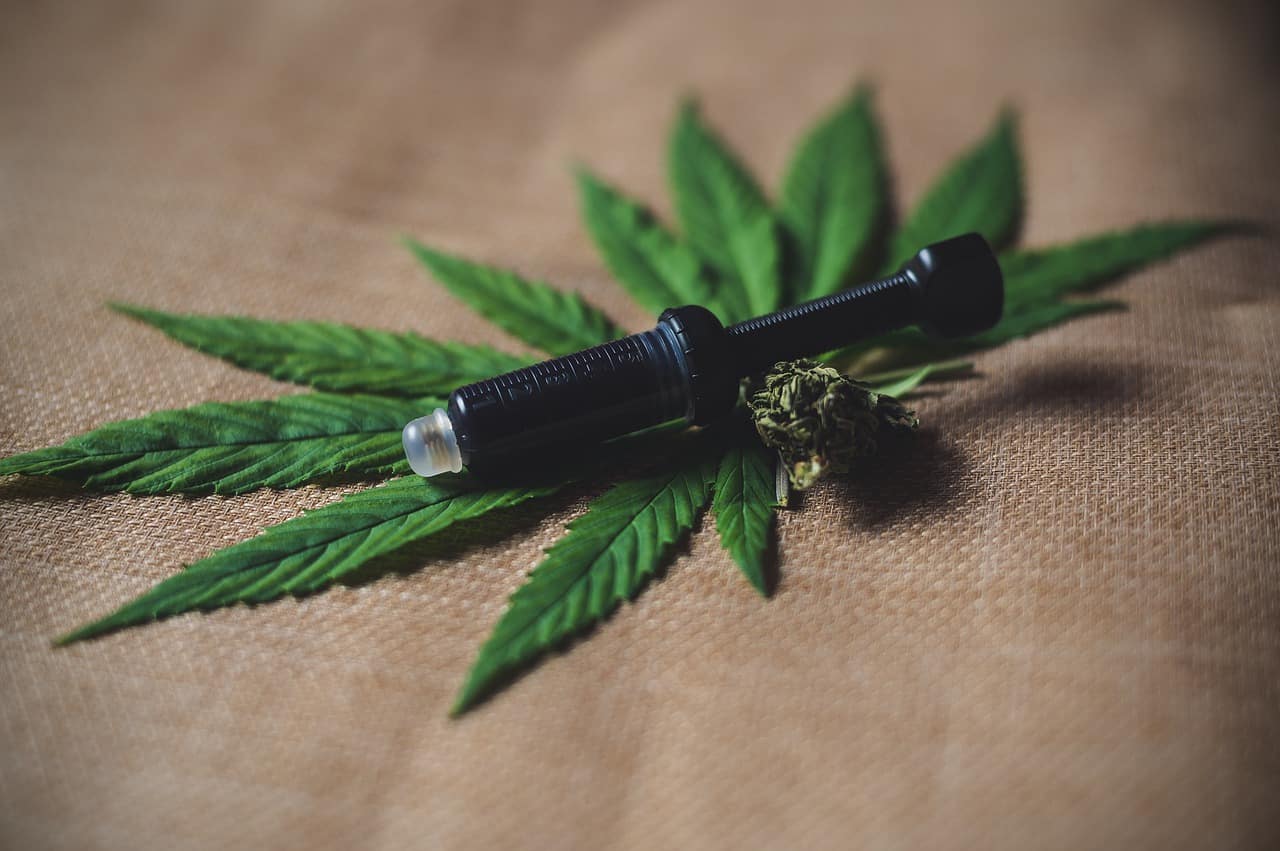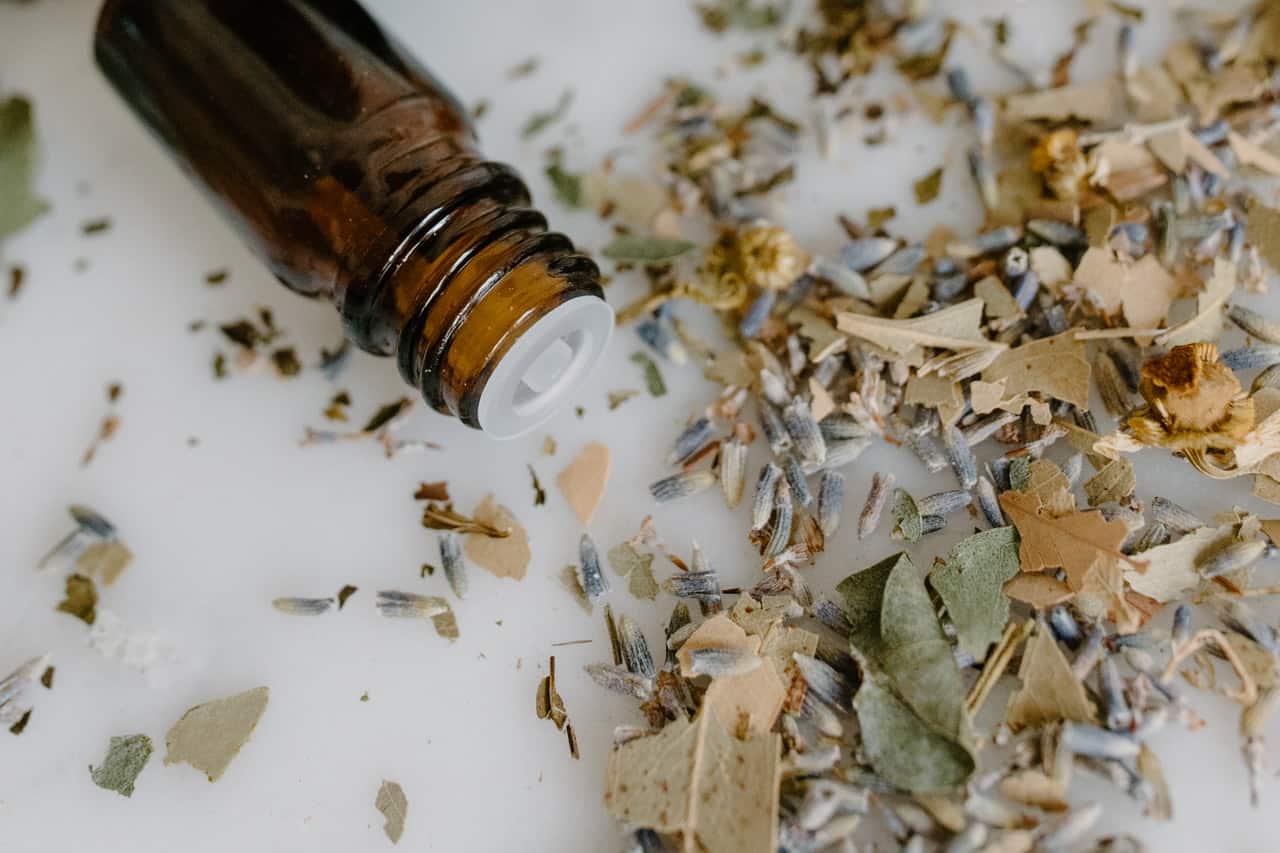The popularity of cannabidiol, or CBD as it’s more commonly called, has grown considerably in recent years. That CBD has become so popular so quickly shouldn’t be surprising. CBD is one of the safest and most therapeutically versatile drugs available. And unlike its sibling tetrahydrocannabinol (THC), CBD does not produce a high. In this short guide, we’ll discuss not only how to use CBD oil for pain but we’ll also provide foundational knowledge on CBD itself.
Ready to learn how to use CBD oil for pain relief? Let’s get started!
What is CBD Oil?
First off, what is CBD oil? In the simplest terms, CBD oil is a highly concentrated liquid whose primary ingredient is cannabidiol (CBD). CBD oil is made by extracting CBD from the cannabis plant and then infusing oil with the extraction. Coconut and hemp seed oils are commonly used as carrier oil.
While most research has focused on CBD as a compound, more researchers have specifically begun studying CBD oil and its potential effects on a variety of conditions — like rheumatoid arthritis (RA), palliative cancer care, and multiple sclerosis — with results that have been thus far promising.
One word of caution. Not all CBD oil is equal. There are a lot of poor-quality CBD oils that you can buy off the internet or at a local tobacco shop. It’s always best to buy CBD oil from a licensed cannabis dispensary whose oils are lab-tested and made by reputable producers.
How Is a CBD Tincture Different Than a CBD Oil?
The terms CBD oil and CBD tincture are often used interchangeably. However, their manufacturing process and administration procedures are actually entirely different.
Tinctures are made by soaking the cannabis plant in high-proof alcohol before applying low heat over an extended period of time. Producers may enhance the flavor of a tincture by adding carrier oils or other ingredients such as orange oil or other effervescent oils.

Tinctures come with a dropper so that patients can easily measure their dose. Patients can add droplets to food or beverages. Adding some tincture to tea is a popular administration method. Tinctures can also be administered sublingually or under the tongue.
CBD oils, on the other hand, are usually taken in a capsule or sublingually, but they, too, can be administered any number of ways. CBD vape oil, however, generally refers to CBD oils that are pre-packaged (vape cartridges) and designed for vaping.
Guidance: How to Use CBD Oil for Pain Relief
CBD oil is available as a liquid or capsule. CBD oils are also available in forms like a cartridge that enable users to vaporize it. Below we’ll discuss the different types and how to best use CBD oil for pain relief.
Orally: You can add the oil to food or beverages and consume it orally. This will take time for your body to digest depending on factors like your weight, metabolism, or the food you’ve eaten. It can take anywhere from 15 minutes to 2 hours. CBD oil for oral consumption is also available in capsule form, which you would take the same way you’d take vitamins. Simply take the capsule orally and wash it down with water.
Sublingually: Administering CBD oil under the tongue is one of the quickest ways to experience relief. The active ingredients are absorbed directly into the bloodstream and will take anywhere from 5 to 15 minutes. You’ll need to get used to the taste, however.
Topically: You can infuse lotions with CBD oil so that it can be applied topically directly to affected pain areas. By applying locally, you can reduce pain and inflammation and treat stiff, achy joints. Therapeutic salves are also sometimes available, which are also applied directly to your skin.

Finding an Effective Dose
Finding the right dose can take a bit of trial-and-error. Generally, patients will start with a higher dosage than they would with THC. While patients may begin with as little as 2.5 or 5 mg of THC, most patients will begin with a dose as high as 25 mg for oral administration (although possibly less).
The same advice applies to THC and CBD. Start low, and go slow. If you are not finding relief at 25 mg, gradually increase the dose in 5 or 10 mg increments until you find your sweet spot. Some patients require as much as 200 mg per day or more. You may also want to consider using CBD oil with THC as many patients report that the two compounds work for them better together than by themselves.
We hope this guide has been informative. Keep in mind that at Remedy, we’re here to help. Our team is happy to provide recommendations for your condition.
Source: Remedy Columbia

